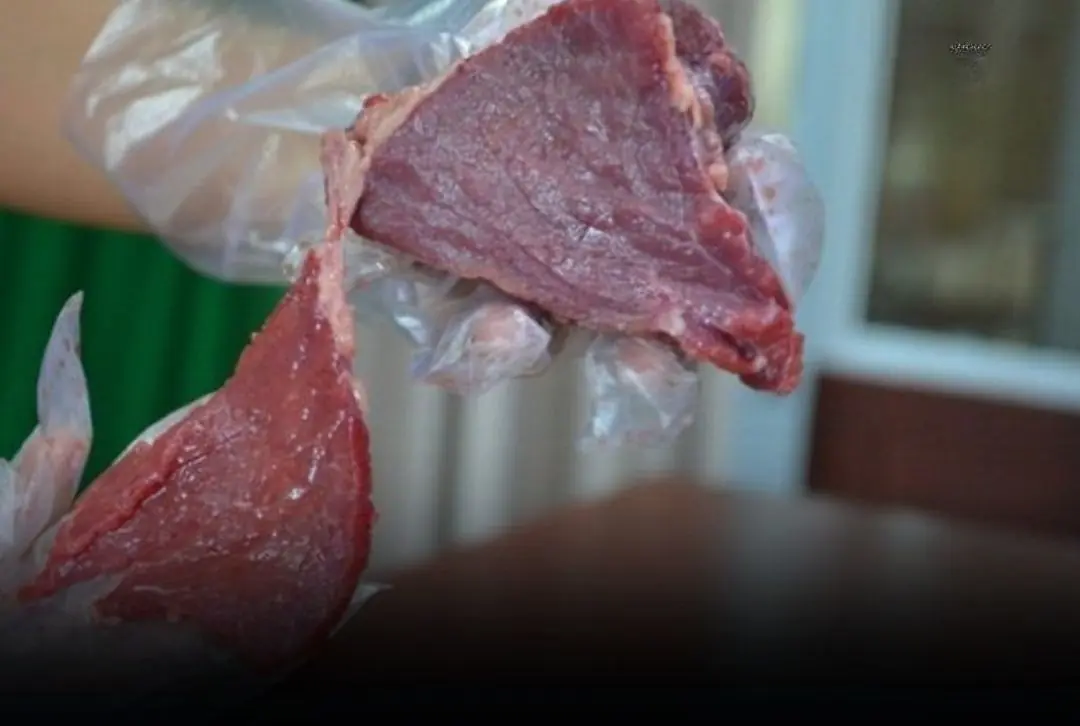
Secrets for Planting Ginger: How to Grow an Endless Supply at Home
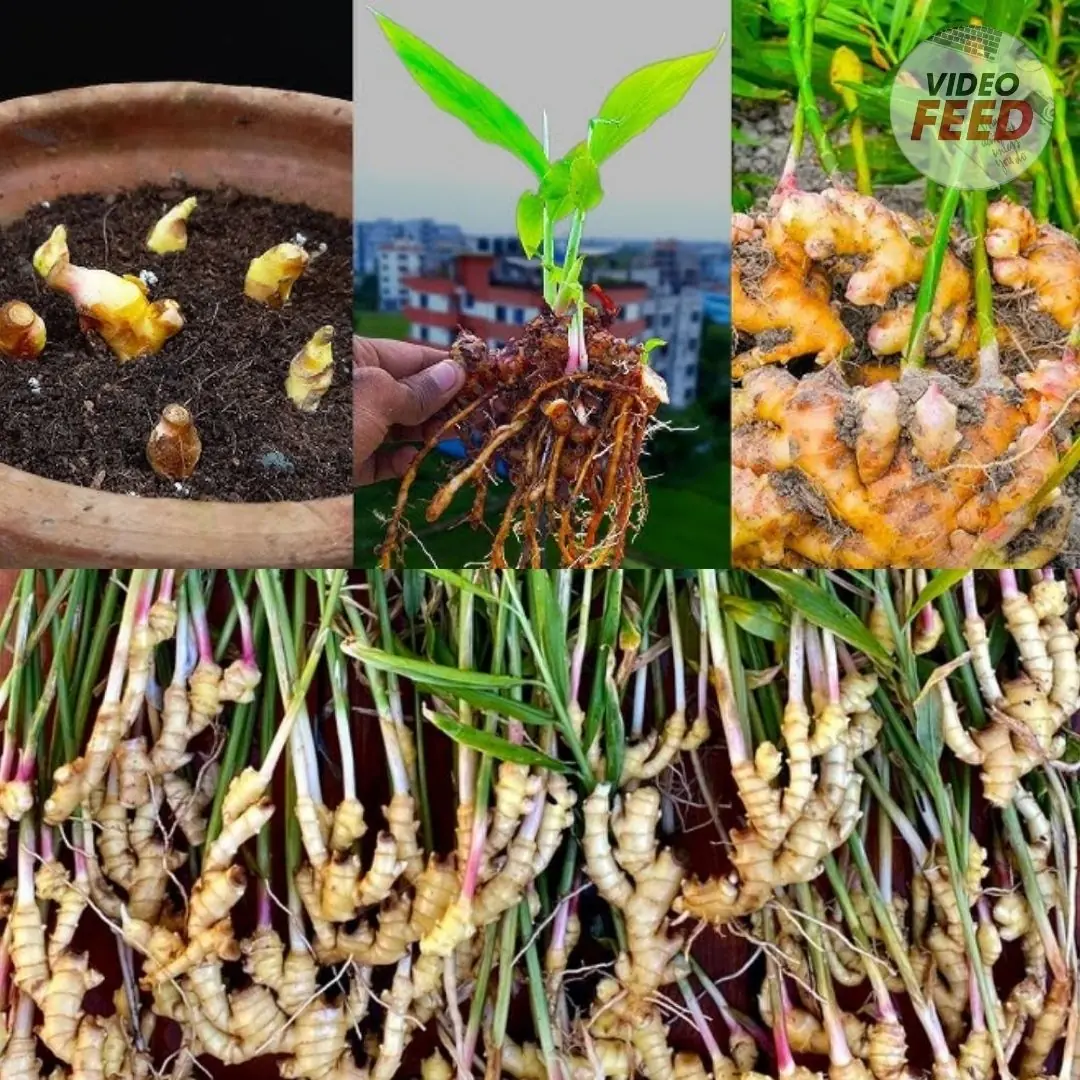
Growing ginger (Zingiber officinale) indoors is surprisingly easy. It is low maintenance, thrives in a sunny spot, and can be harvested as needed. With lush, bamboo-like foliage, ginger is also a beautiful houseplant.
A healthy piece of ginger rhizome is all it takes to grow this plant indoors. A rhizome is a stem that grows horizontally underground and sends out roots and stems from the nodes. You can find ginger rhizomes at the grocery store or a local health food store.
Although considered a tropical plant that thrives in warm climates, with a healthy rhizome and the right conditions, you can grow ginger at home and enjoy the flavor and foliage all year. Here, plant experts share their tips on growing ginger indoors.
- Ian Jerolmack, owner and operator of Stonecipher Farm, a no-till, organic vegetable farm in Bowdoinham, Maine and the largest producer of ginger in the state of Maine.
- Hannah Howland, MELNA-certified sustainable landscape expert and perennials manager at Plants Unlimited in Rockport, Maine.
When to Plant Ginger Indoors
Ginger appreciates increasing day length, says Ian Jerolmack, owner and operator of Stonecipher Farm. "The best time to plant ginger would be February or March. However, it can be started anytime at all," he says.
How to Plant Ginger Indoors
Ginger can be grown from a dormant ginger root (rhizome). Just as a potato sprouts its bud when left in a warm pantry, ginger will similarly sprout from its buds, says Jerolmack. Ahead, he shares his tips to help you grow ginger indoors, starting at the rhizome.
1. Buy Healthy Ginger
Start by purchasing healthy, organic ginger from a health food store. “It must be organic because some non-organic ginger has been irradiated or sprayed with growth inhibitor, which can prevent the ginger from sprouting," says Jerolmack. Buy one 1/2-pound piece, as too-small pieces have less vigor.
2. Soak Ginger
Soak the ginger in water for one day before placing it in the soil to help with faster sprouting. Jerolmack notes that this step is optional and not essential for healthy growth.
3. Plant Ginger in Soil
Put the ginger into a soil-filled tray or a pot, planting it about 2 inches below the soil's surface. “Shallower is fine, but it will be more prone to drying out.” Any mixture or medium (soil, peat moss, compost, etc.) will work for this germination period, says Jerolmack.
4. Store Ginger in Warm Location
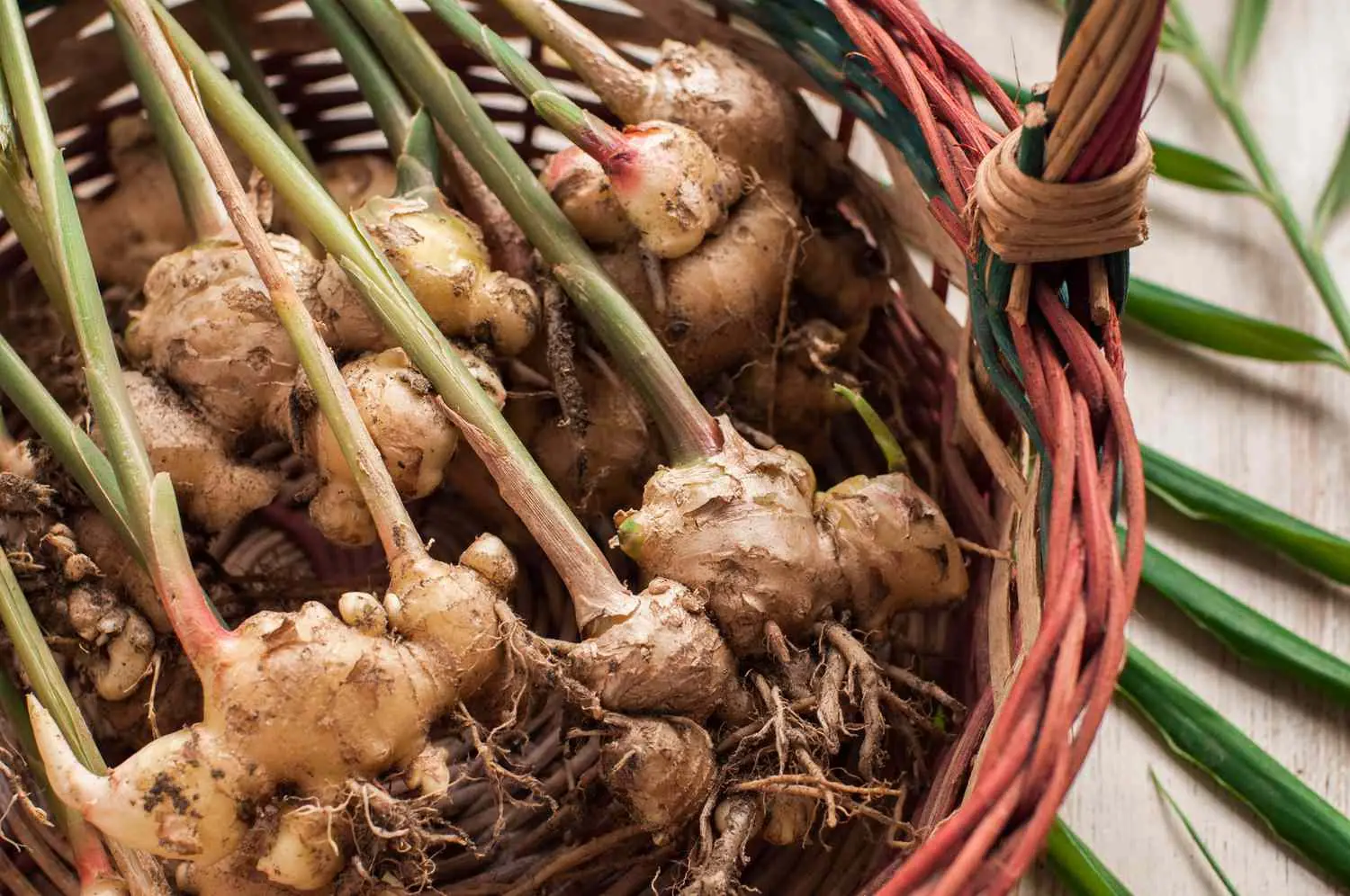
Store the ginger in a warm place, such as on top of the refrigerator (which makes heat) or near a heat register. "The most important thing when growing ginger is to keep the temperature at 70 degrees Fahrenheit or warmer, even up to 90 degrees," says Jerolmack. Lower temperatures result in a longer wait time for the ginger to grow. Prioritize heat over sun when the ginger is just starting out, as the sun isn't as essential until the plant sprouts leaves.
5. Water Ginger
Water the ginger lightly, but avoid overwatering. “The ginger does not have roots for some time; therefore, it cannot use water.” However, the rhizome itself needs moisture in the soil, so light watering once a week will work.
6. Move Ginger to New Pot
The ginger will take about six to eight weeks to emerge, but this process sometimes takes months (especially if temperatures aren't warm enough). After the ginger emerges, move it to its permanent pot. While you can use a 2-gallon pot, Jerolmack says a 4-gallon pot is better long-term.
One ginger plant can produce 5 pounds of ginger or more. However, it probably won't yield that much your first time. "Let the plant be your teacher; you will get better at caring for it each year," says Jerolmack.
How to Care for Ginger Indoors
How you care for ginger will affect how well it grows. Ensure you're providing adequate sunlight, water, soil, and fertilizer to ensure it thrives in your home.
Sunlight
When indoors, the ginger plant does best with direct sun all day. However, if you transport your ginger outdoors in the warmer season, part shade is best.
If you do move your ginger plant outdoors in the summer, try not to let it experience temperatures below 60 degrees Fahrenheit.
Water
Once your ginger plant has leaves, it needs regular watering and adequate drainage to avoid it becoming waterlogged. “A pot with plenty of holes and some gravel at the bottom with soil on top is best," says Jerolmack.
Soil
Ginger grows best in well-draining, slightly acidic soil conditions with a pH of 6.0 to 6.5. Soil rich in organic matter like compost will improve plant health and yield.
Fertilizer
Ginger plants are heavy feeders and will benefit from a monthly application of fish emulsion or kelp, providing a quick release of nutrients to the soil.
How to Harvest Ginger Grown Indoors
In the fall, or if the plant goes dormant on its own, you can reach into the soil and break off ginger as needed, allowing the rest to continue growing. "You can also take all the ginger, and either replant the mother with a couple of stems or be done with it and start over," says Jerolmack.
News in the same category


A Conflict Between Home and Family: The Tale of Marina and Her Mother-in-Law

A Wedding Day Revelation: How One Mother Saved Her Daughter

Where are my rings, Mom?» Vlad asked. «I pawned them and bought a dress for your sister!

After 25 years, the father came to his daughter’s wedding — but he was turned away… And moments later, the crying spread among everyone present

Mother-in-law came to ask for money with a key to our apartment, but she didn’t expect to find my husband

A Mother’s Battle: Standing Up for My Children Against Family Betrayal

A Shocking Family Revelation: From Rejection to Inheritance

A snowy roadside favor that reshaped my family’s future

Wow, you really built yourselves a ‘palace’! And which room will be mine? And your sister’s?” the mother-in-law blindsided them

“After the wedding, the apartment will be mine!” – I accidentally overheard my fiancé’s conversation

Yes, it’s my apartment. No, my mother-in-law’s debts are not my problem. And yes—I’ve filed for divorce. I’m done being your ‘insurance policy

The Secrets Leading Up to My Brother’s Wedding

Discovering the truth about my family’s fortune after giving birth

On my birthday, my sister-in-law declared that I live off the family — but her words backfired on her

Sell the apartment and buy a house for the whole family,” my sister-in-law came with the idea of a “family nest” — at my expense

A Father’s Insight: The Empty Fridge Revelation

Pack your junk and get out of here!” — the mother-in-law came to throw Vika out of her own apartment

“So, lining your pockets with the apartment at your mother’s urging turned out to be more important than your wife! Now you have neither a home nor a family!” I shouted, dragging the suitcase

Don’t you ever set foot in here again—you’re not even family to me!” — that holiday was the last straw for the daughter-in-law, and she made them respect her.
News Post
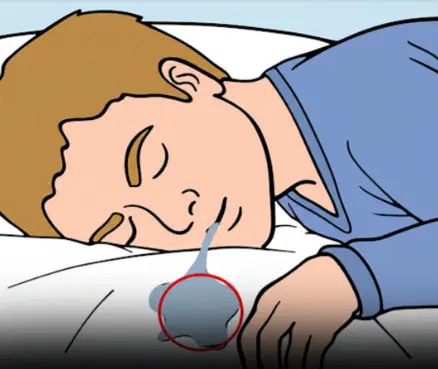
If you drool while sleeping often, check for these 6 diseases

One Month Before A Heart Attack, Your Body Will Warn You Of These 7 Signs

5 foods you should never keep overnight

The Vegetable That Helps Reduce Sugar in The Body. It is Diabetes’ Strong Opponent
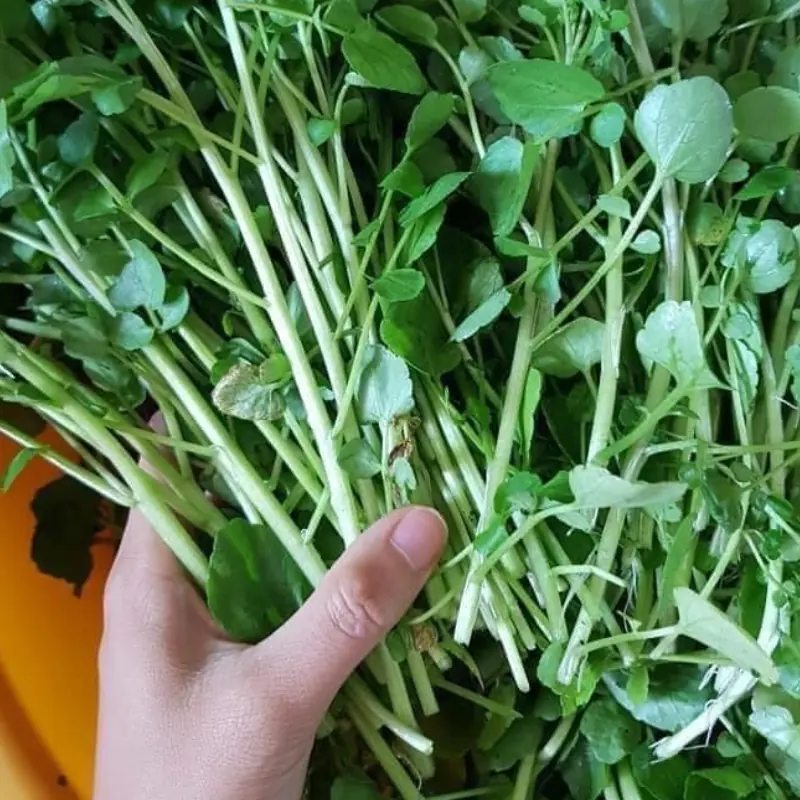
The World Is Buzzing About a Vegetable Said to Fight Can.cer Better Than Drugs

All The Things You Need to Know About Nighttime Urination And When To Start Worrying

A Sore Throat Checkup Revealed End-Stage Sto.mach Can.cer: An Angry Man Threw Two “Culprits” From His Kitchen Into the Street

You Should Never Ignore These 9 Things Your Fingernails Reveal About Your Health

A 6-year-old boy diagnosed with late-stage canc3r, his father regrets after doctors reveal the cause linked to a popular type of beverage

A 40-Year-Old Man Died from a Sore Throat After 7 Rounds of Chemotherapy – Doctors Urgently Warn

Str.oke is not just an adult dis.ease: A wake-up call for parents after a 6-year-old b.oy’s case

When Nighttime Leg Cramps Become a Concern

The Power of Gyan Mudra: Benefits and How to Practice It
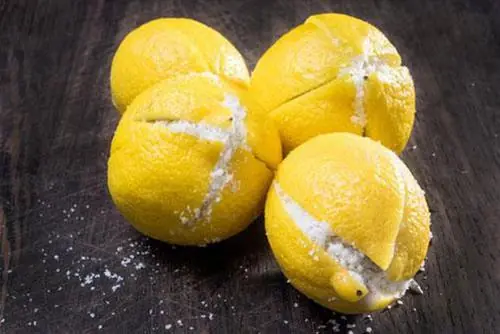
Little-known benefits of placing lemon with salt in the room

6 Nighttime Warning Signs That Reveal a High St.ro.ke Ri.sk After 40

36-Year-Old Teacher Passes Away from Diabetes Despite Not Liking Sweets — Doctor Says It's Due to 4 Favorite Foods
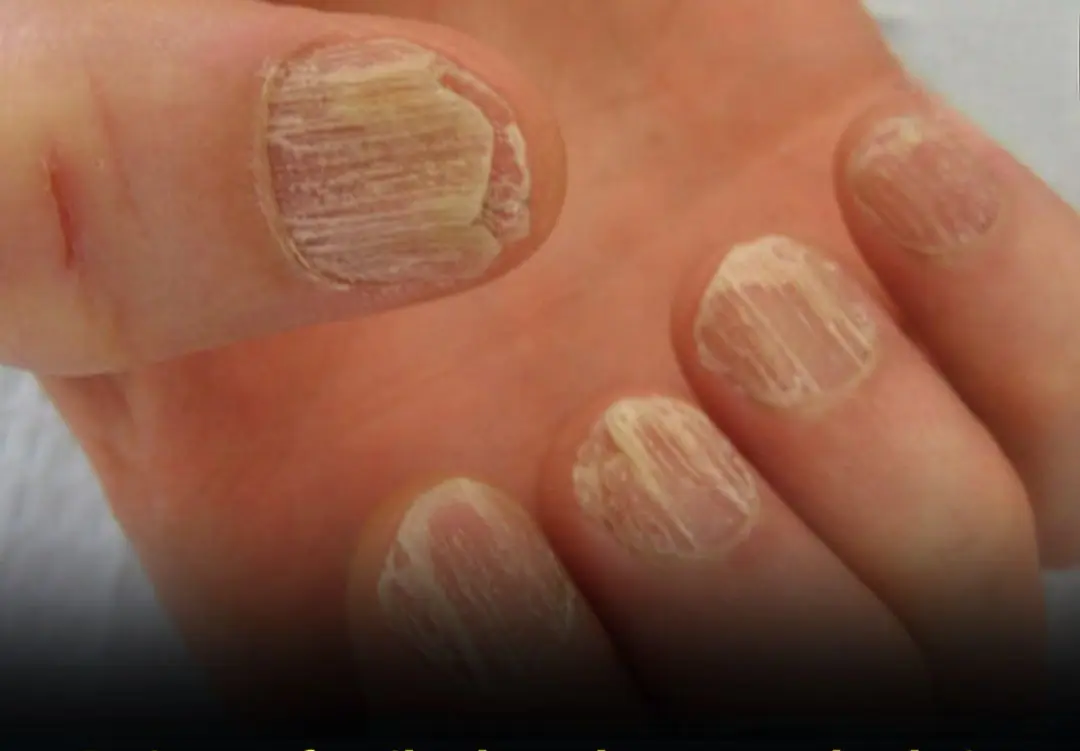
9 Alarming Nail Changes That Reveal Hidden Health Problems

Doctors Warn After Young Man Contracts Multiple Para.sites From a Common Food

Behind a rare disease at the prime of her youth lies a harmful daily habit — one that many of us may also have.
